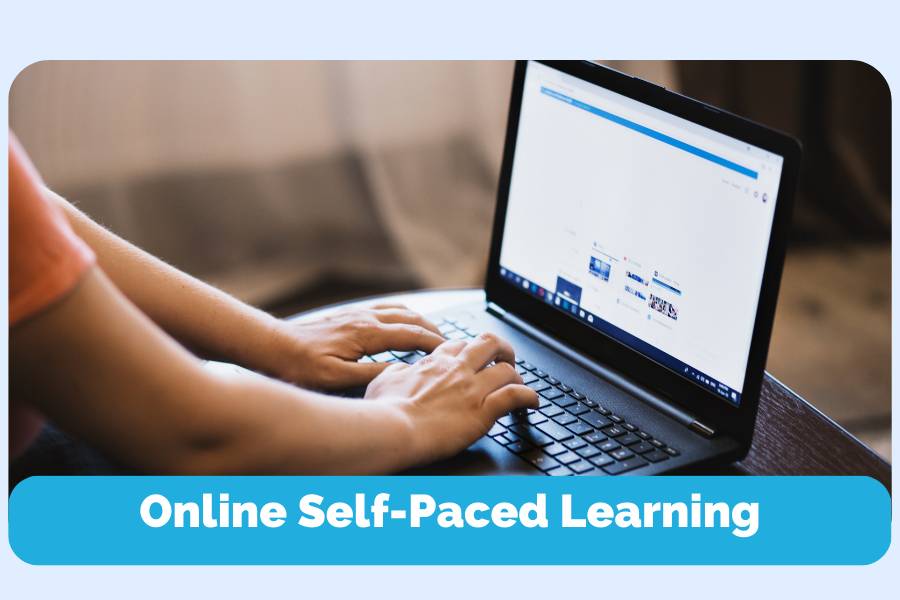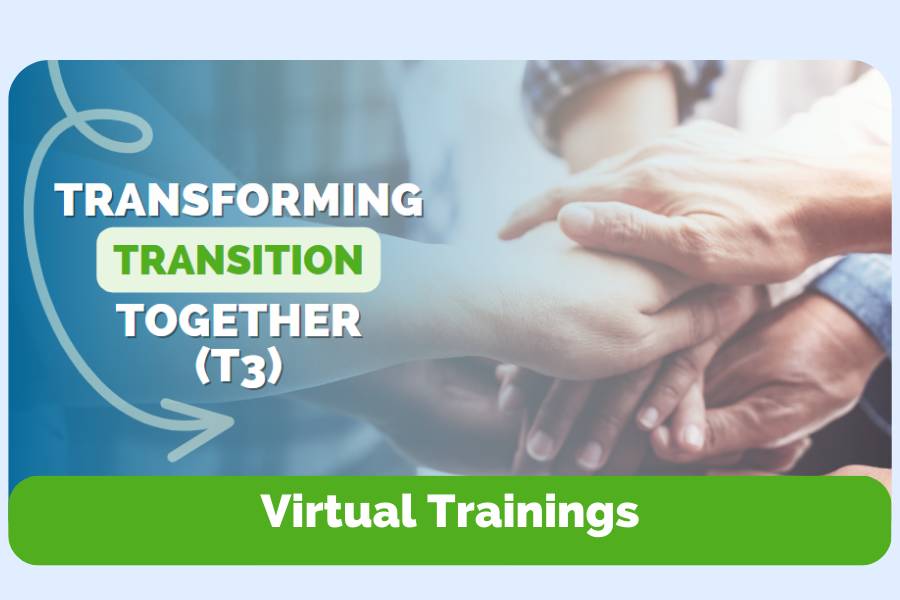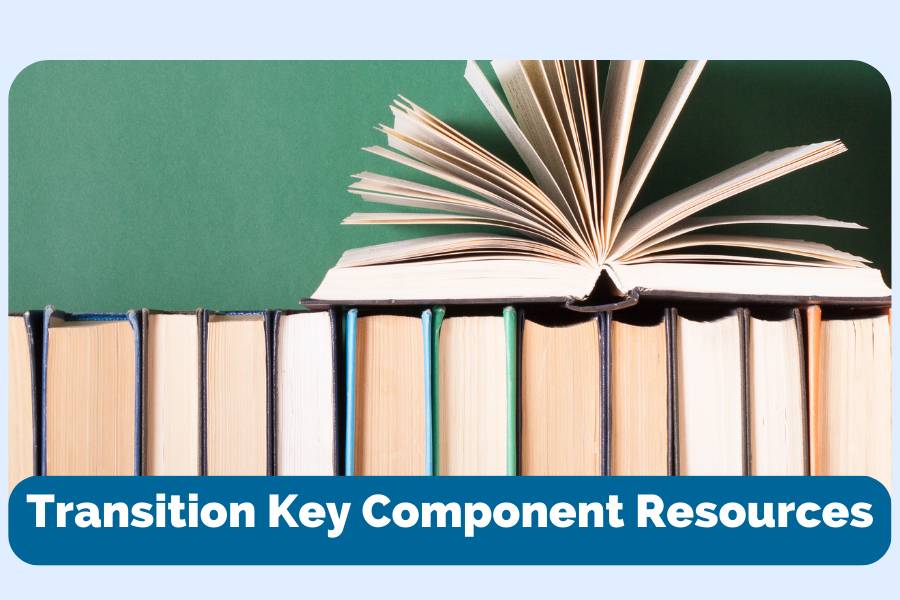Secondary Transition
Planning, developing, and implementing effective and individualized transition programming for autistic students is vital to achieving more positive post-school outcomes. It is important educational teams, transition staff, professionals, and families partner with and intentionally involve the individual and guide decision-making while respecting the student’s voice. The student’s preferences, interests, needs, and strengths must be at the forefront of all planning. Greater emphasis must be put on student empowerment including self-determination and self-advocacy, inclusion, employment experiences in high school, preparing for post-high school educational opportunities, and connecting families and young adults to vocational rehabilitation services and other central agencies and resources. Integrating these powerful and research-supported practices promotes greater success after high school and into adulthood.
Featured Resources
Disability Rights Michigan (DRM): Transition
Michigan Alliance for Families (MAF): Transition to Adulthood
Michigan Alliance for Families (MAF): Michigan Interagency Transition Team (MITT) Transition Guide
Michigan Department of Education, Office of Special Education (MDE, OSE):
Transition Guidance
Michigan Department of Education, Office of Special Education (MDE OSE):
FAPE for Adult Learners
Michigan Developmental Disabilities Council (MiDDC): Information Sheets
National Technical Assistance Center on Transition -
The Collaborative (NTACT-C)






[1687355491].jpg)